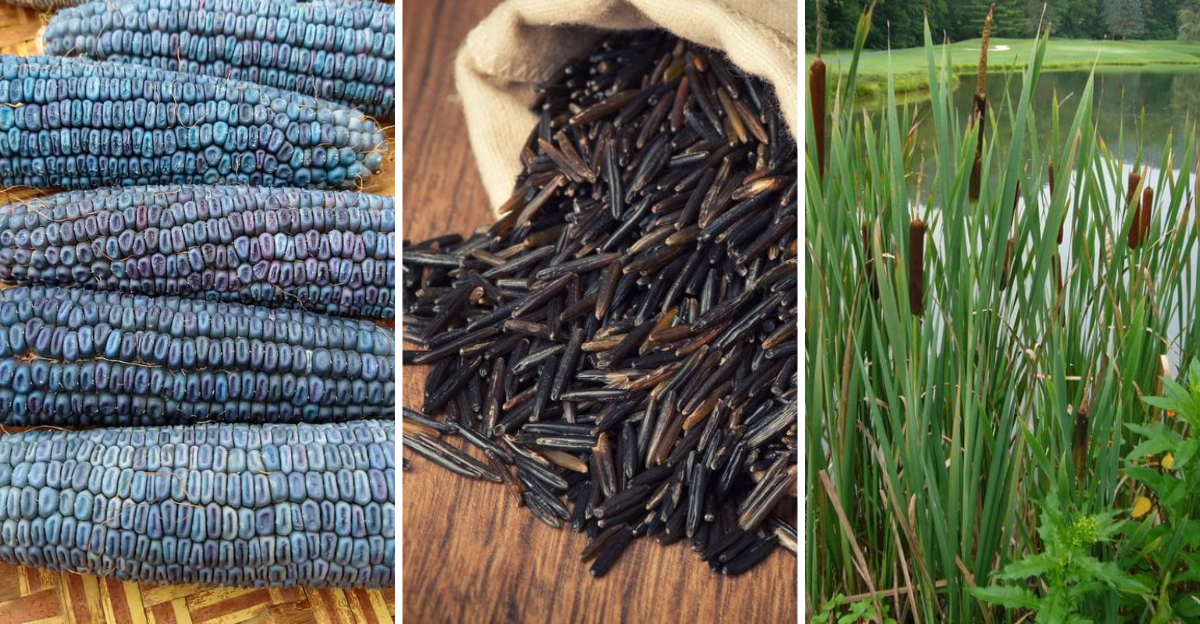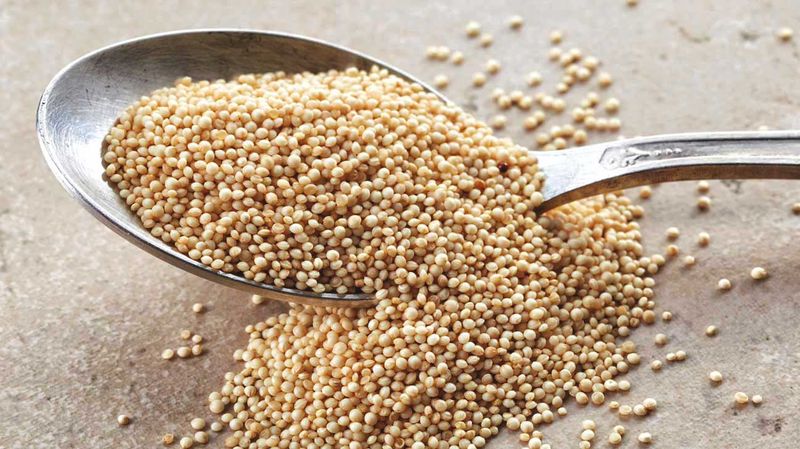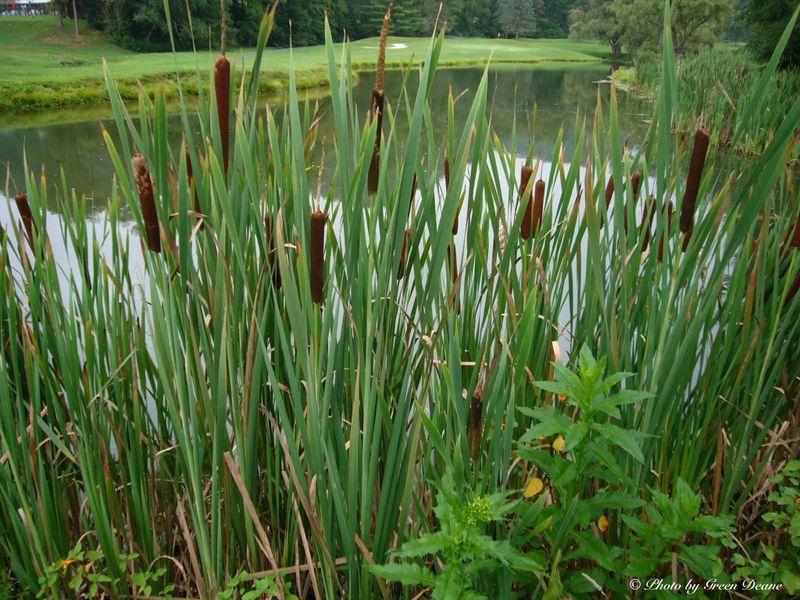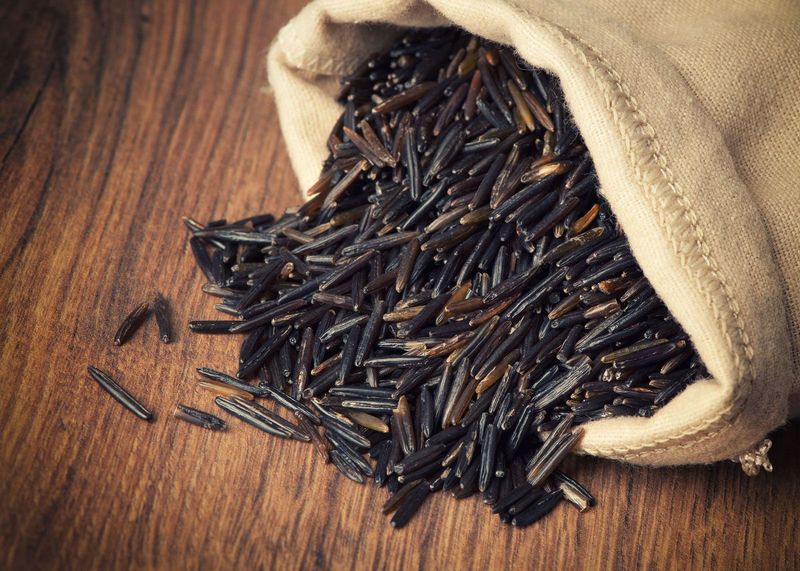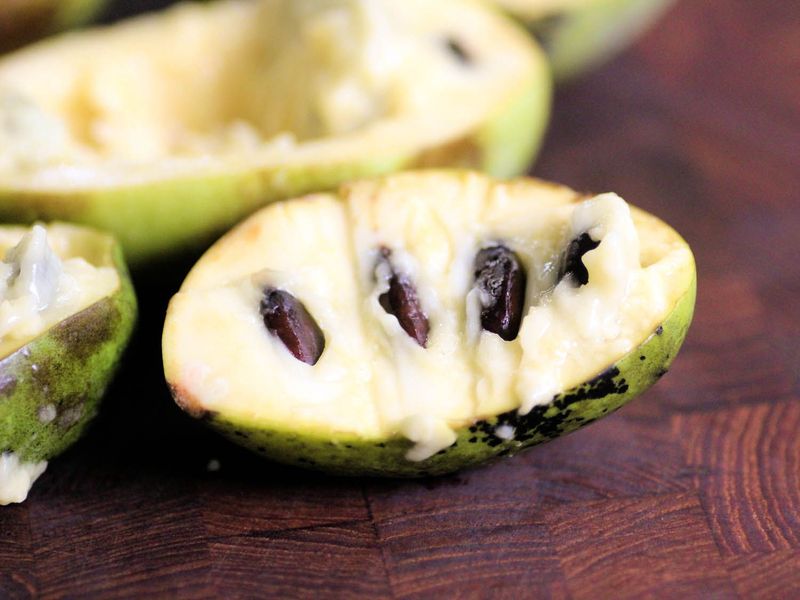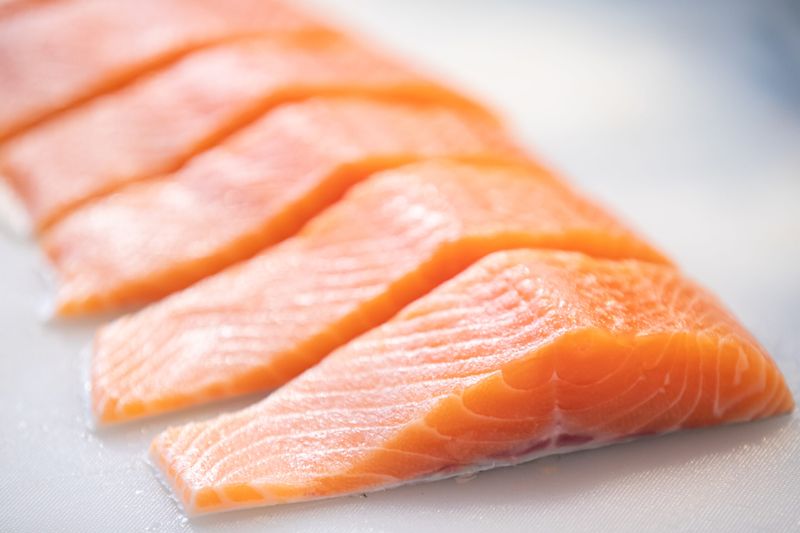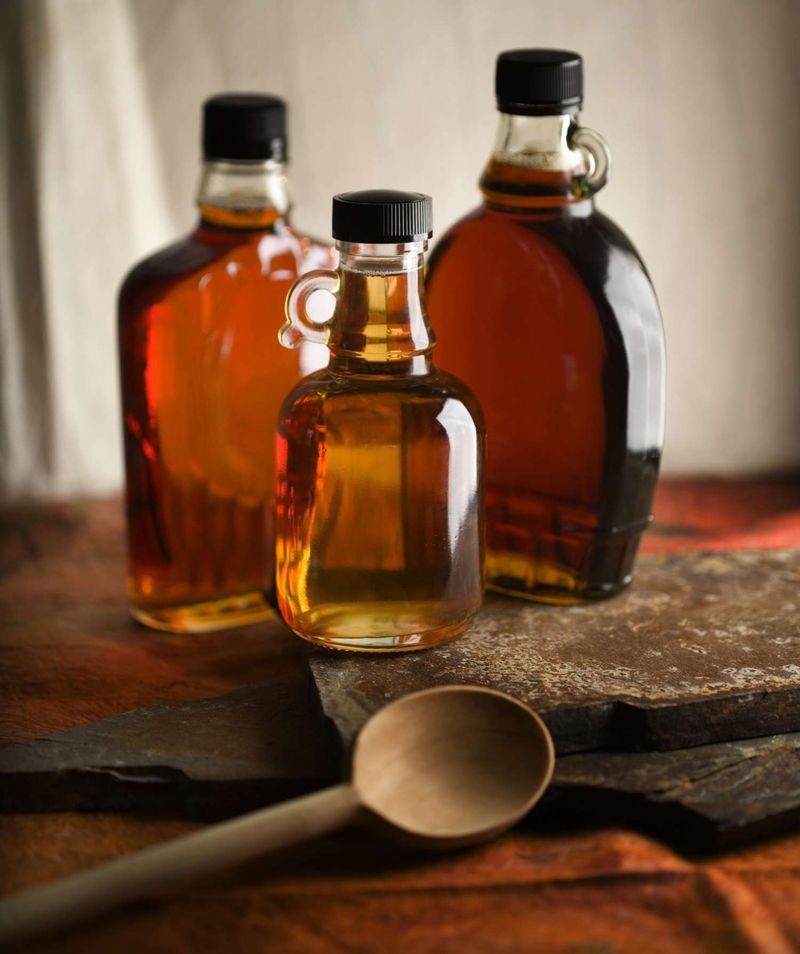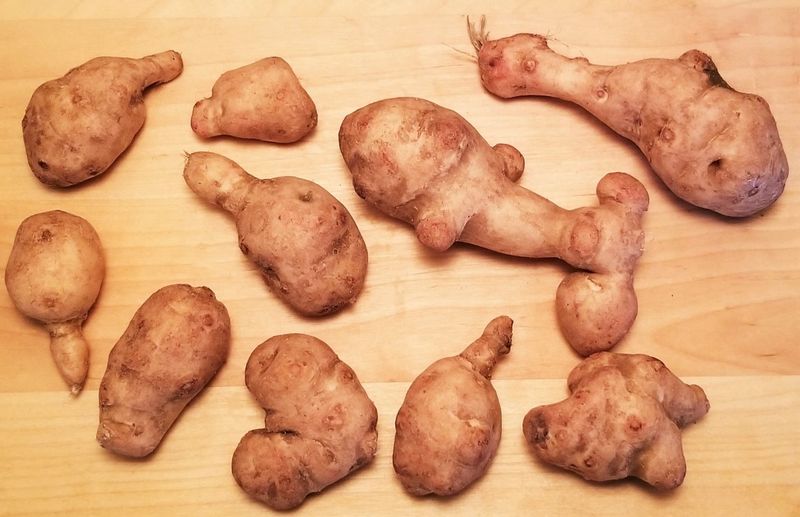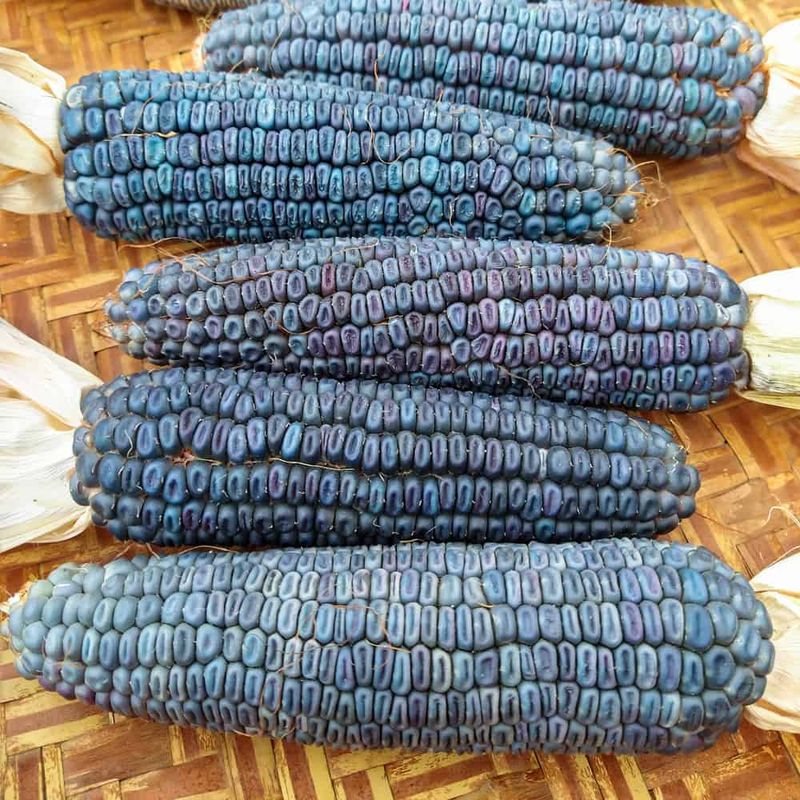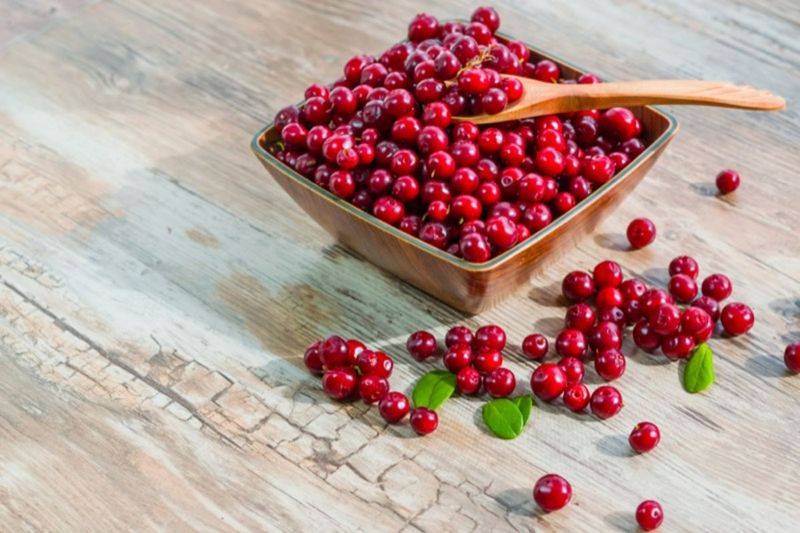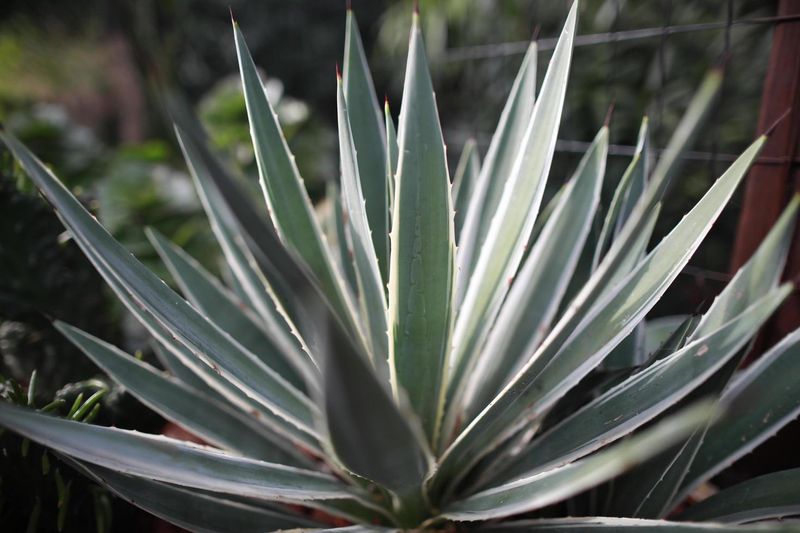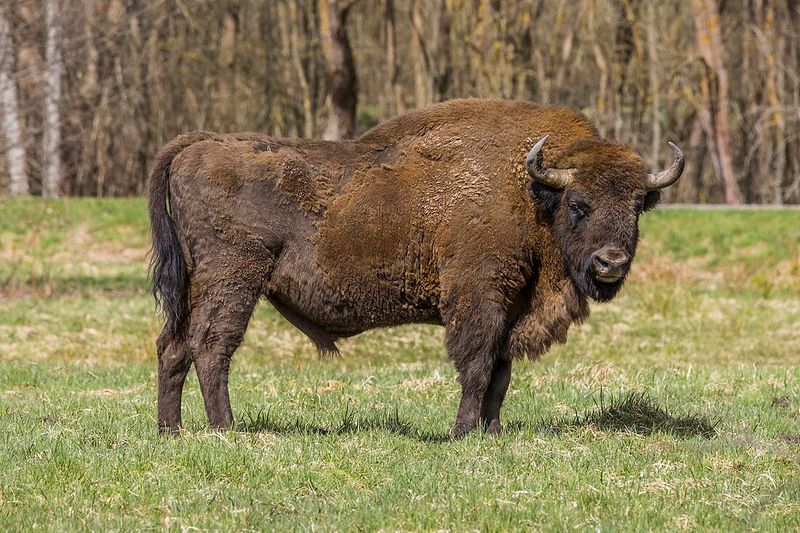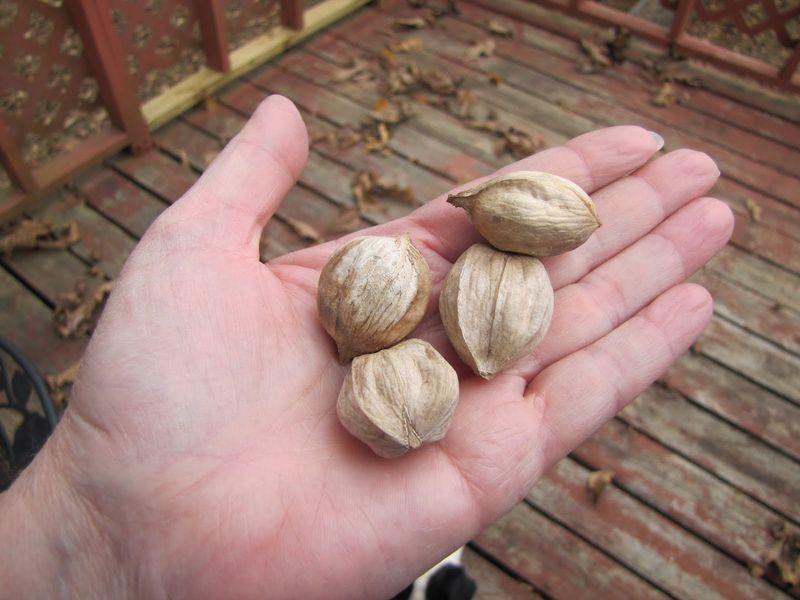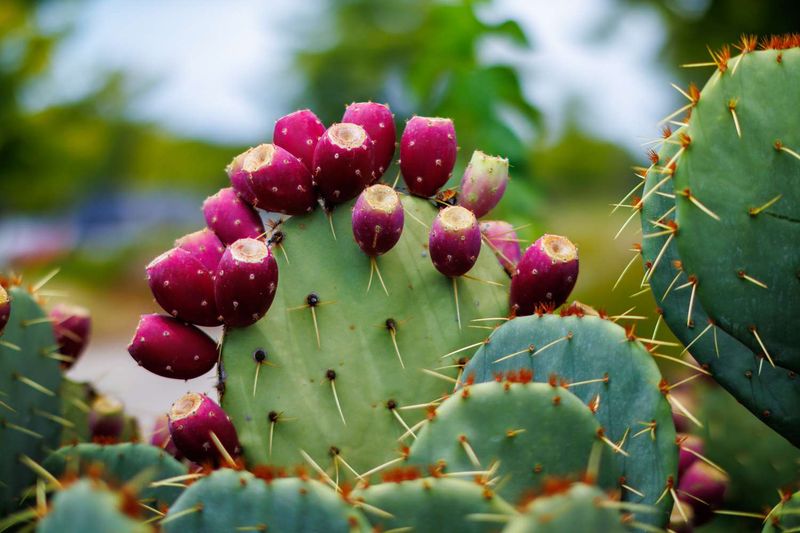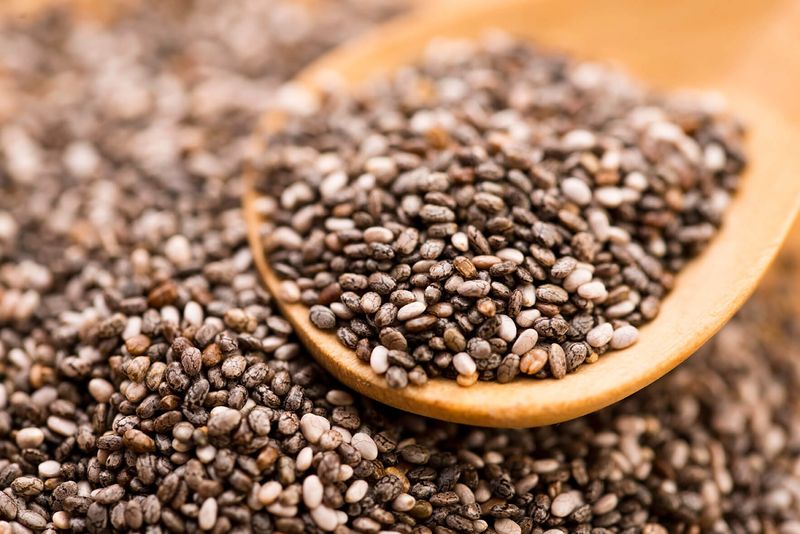Before the arrival of Europeans, Native Americans had a rich and diverse diet that often surprises people today.
Their resourcefulness and deep connection with nature allowed them to utilize a wide variety of foods, many of which are still in use today.
Let’s explore 15 surprising things that were part of the Native American diet.
1. Amaranth
Amaranth, a highly nutritious pseudo-grain, was a staple in the diet of pre-Columbian civilizations. It is rich in protein, fiber, and micro-nutrients, making it an essential food source. Native Americans consumed it both as a grain and in leafy form.
The plant’s resilience made it ideal for cultivation in various climates. Amaranth’s versatility extended to its use in ceremonial and medicinal contexts. Today, it is appreciated for its gluten-free properties.
Rediscovering amaranth connects us with ancient agricultural practices and highlights the nutritional wisdom of Native American cultures.
2. Acorns
For many Native tribes, acorns were a crucial food source. These nuts were ground into flour and used to make bread, porridge, and soup. The process involved leaching tannins from the acorns, which were bitter and inedible in their raw form.
This method of preparation required skill and knowledge passed down through generations. The resulting flour was nutrient-rich, providing carbohydrates and healthy fats.
Acorn-based foods were often served during communal gatherings and ceremonies, reflecting their cultural and nutritional significance in Native American society.
3. Cattails
Cattails, often called the “supermarket of the swamps,” provided various food parts for Native Americans. The roots, known as corms, were starchy and could be boiled or roasted. The young shoots were edible and likened to cucumbers.
In addition, cattail pollen was collected and mixed with flour for baking. This plant’s versatility extended to non-food uses, including mats, baskets, and insulation.
By maximizing the use of cattails, Native peoples showcased their deep understanding of ecology and resource management.
4. Wild Rice
Wild rice, native to the Great Lakes region, was a cherished food for many tribes, including the Ojibwe. This aquatic grass provided a rich source of protein and carbohydrates.
Harvesting wild rice involved skillful paddling and careful handling to preserve the plants for future growth.
The grain was not only a dietary staple but also held spiritual significance. Wild rice harvesting was a communal activity, fostering social bonds and cultural continuity. Its nutty flavor and nutritional benefits make it a valued food even today.
5. Pawpaw
The pawpaw, a fruit with custard-like texture, was savored by Native Americans in the eastern woodlands. It is high in vitamins A and C, and its sweet, tropical taste made it a popular treat. Pawpaws were eaten fresh or dried for later use.
The fruit’s short shelf life meant it was not commonly traded, remaining a local delicacy. Today, interest in pawpaws is resurging, with festivals celebrating this unique fruit. Exploring pawpaws offers a delicious connection to Native American horticultural practices.
6. Salmon
Salmon was a vital food source for tribes in the Pacific Northwest. Rich in omega-3 fatty acids and protein, it was caught using nets, traps, and spears. Smoking and drying the fish preserved it for winter months.
Salmon runs were central to cultural traditions, including ceremonies to honor the fish’s spirit. The sustainable practices developed by Native peoples ensured salmon populations remained plentiful.
Preserving these traditions reminds us of the importance of respecting natural resources.
7. Maple Syrup
Maple syrup originated with Native Americans, who discovered how to harvest sap from maple trees. This sweetener was an important trade item and was used in cooking and medicinally.
The sap was boiled down to produce syrup or sugar, a labor-intensive process that required skill and patience. Maple syrup was a valuable source of calories and minerals, especially in the colder months.
Today, it remains a cherished sweetener, connecting us to the seasonal rhythms and culinary innovations of Native American cultures.
8. Sunchokes
Sunchokes, also known as Jerusalem artichokes, were cultivated for their nutritious tubers. Rich in inulin, they offered a healthy carbohydrate source. Native Americans roasted or boiled sunchokes, enjoying their nutty flavor.
These tubers were also valued for their adaptability to different soil conditions. Sunchokes played a role in traditional medicine, believed to aid digestion.
Their cultivation reflects a deep understanding of diverse ecosystems and sustainable agriculture. Today, they are appreciated for their health benefits and culinary versatility.
9. Blue Corn
Blue corn, a staple for southwestern tribes, is rich in antioxidants and fiber. Unlike typical yellow corn, blue corn offers a distinct nutty flavor. It was ground into flour for tortillas, bread, and ceremonial foods.
The vivid blue color symbolizes strength and fertility in Native American cultures. Cultivating blue corn required knowledge of arid conditions and careful seed selection.
Today, it remains a symbol of resilience and cultural heritage, enjoyed in various dishes and celebrated in festivals.
10. Cranberries
Cranberries, native to North America, were a staple for many tribes, especially in the Northeast. These tart berries were eaten fresh, dried, or made into pemmican—a mixture of meat, fat, and berries.
Cranberries’ high vitamin C content helped prevent scurvy, and they were used medicinally to treat infections. The bright red berries also held symbolic meaning, representing life and renewal.
Harvesting cranberries was a communal event, fostering social connections. Today, cranberries are celebrated for their health benefits and remain an integral part of North American cuisine.
11. Agave
Agave, a desert plant, was a versatile food source for southwestern tribes. The heart of the agave, known as the piña, was roasted or boiled, offering a sweet, nutritious food. Agave sap was fermented to create alcoholic beverages, and its fibers were used for ropes and textiles.
Agave’s resilience to arid conditions made it a valuable resource. The plant’s cultivation and use reflect a deep understanding of desert ecosystems.
Today, agave is renowned for its sweet nectar and cultural significance, connecting us with indigenous knowledge and sustainability practices.
12. Bison
Bison were integral to the diet and culture of Plains tribes. These massive animals provided not only meat but also hides for clothing and bones for tools. Bison hunts required skill and coordination, often involving entire communities.
The meat was preserved by drying and mixing with fat to make pemmican—a high-energy food. Bison were honored in rituals and stories, symbolizing abundance and resilience.
Their centrality to Plains life highlights the deep connection between Native peoples and their environment. Today, bison represent a symbol of cultural revival and ecological restoration.
13. Hickory Nuts
Hickory nuts were a valued food source for eastern tribes. The nuts were eaten raw or used in a traditional dish called “hickory milk,” made by crushing the nuts and mixing them with water. This nutritious drink provided protein and healthy fats.
Hickory wood was also used for tools and fuel, showcasing the tree’s multifaceted utility. Gathering hickory nuts fostered community cooperation, as families collected and processed them together.
Today, hickory nuts remain a delicacy, connecting us to indigenous culinary traditions and forest management practices.
14. Prickly Pear Cactus
Prickly pear cactus was a staple in many Native American diets, particularly in the arid regions of what is now the southwestern United States. The fruit, known as ‘tunas,’ is rich in vitamin C and was often eaten fresh or used to make jellies and candies.
The pads, or ‘nopales,’ were also consumed, typically grilled or boiled to remove the spines.
In addition to their nutritional value, prickly pears played a role in traditional medicine, being used to treat ailments such as wounds and digestive issues. The versatility of prickly pears made them an invaluable resource in areas where other food sources were scarce.
15. Chia Seeds
Before becoming a modern superfood, chia seeds were vital to Mesoamerican diets. These tiny seeds, rich in omega-3 fatty acids and fiber, were a portable and potent energy source. They could be eaten raw, mixed with water to form a gel, or added to porridge.
Chia’s cultivation demonstrates indigenous agricultural innovation, adapting to diverse climates and soils. The seeds were also used in rituals and art, symbolizing vitality.
Today, chia seeds are celebrated globally for their health benefits, reconnecting us with ancient nutritional practices.
